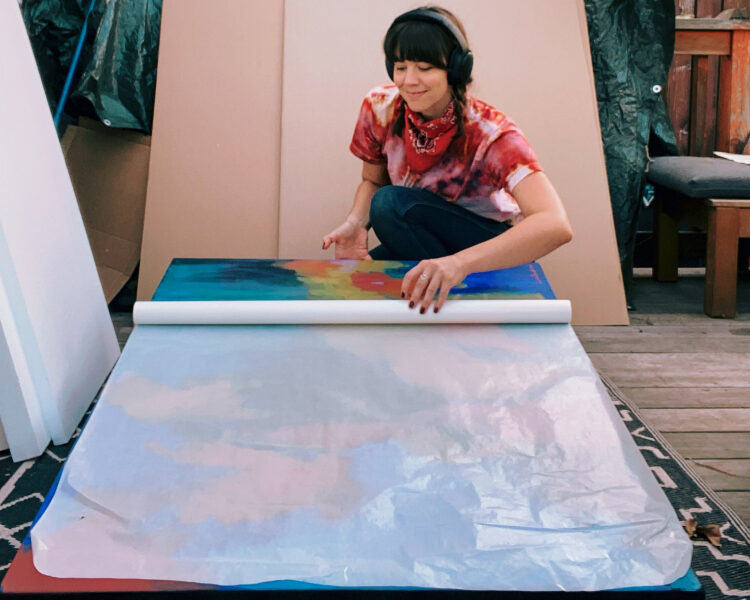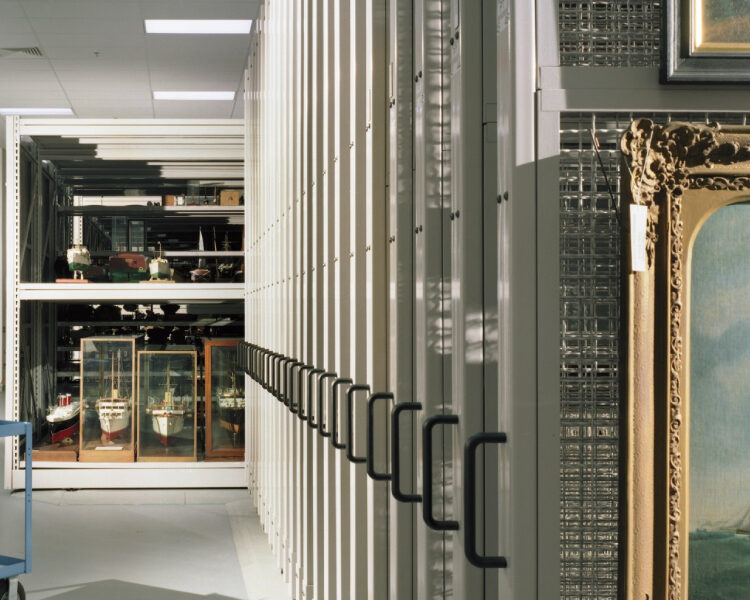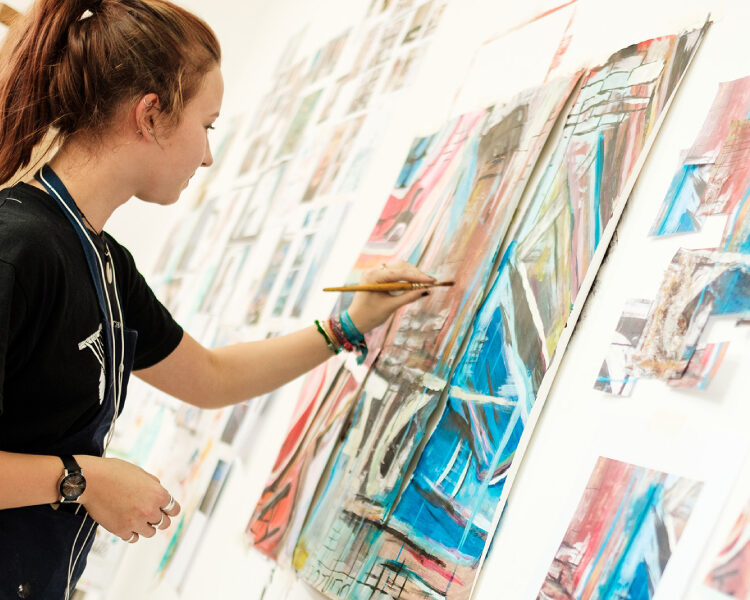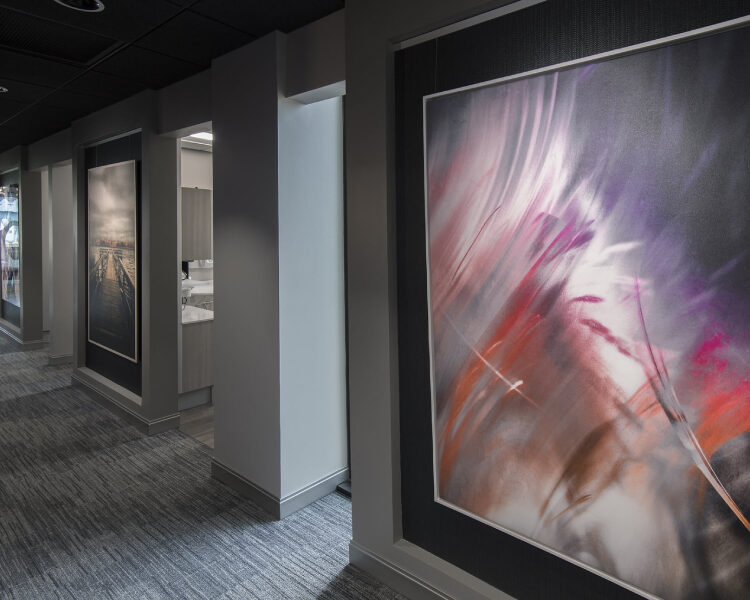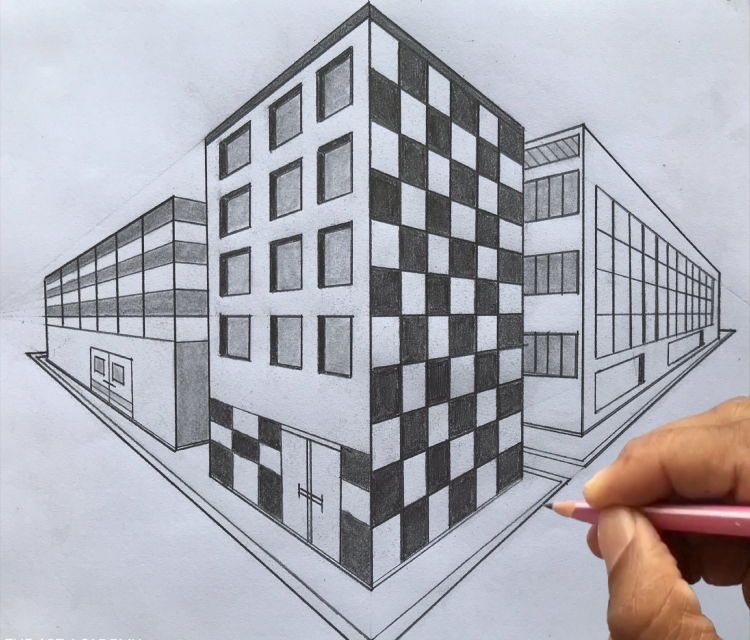
The use of viewpoint is among the most crucial components of drawing.
A beginner artist may feel that mastering it is only for landscapes or cityscape artists, but that isn’t the case. Understanding viewpoint and how to create an illusion depth is essential for depicting realistic environments in a wide range of art forms, including interiors, still-life, and even animal & portraiture-based work.
Various Points Of View:
Painters use perspective to express a sense of distance inside the design of a art and painting work in various ways, including single-point perspective, linear perspective, two-point perspective, & atmospheric perspective. We’ll split down the fundamental components of those and compare and contrast them.
A Unique Point Of View:
In a one-point perspective, there will be only one disappearing point all along the horizon line. This perspective can be used to show a variety of items, including rail roads, corridors, and room interiors.
Perspective From Two Perspectives:
With a two-point perspective, often called an angular perspective or three-quarter perspective, the horizon line has two vanishing points. This is typically used to represent the street corner of a building. The left side of the building will disappear to the left, whereas the right-hand side will disappear to the right, creating two unique vanishing points.
From An Atmospheric Perspective:
What exactly is the meaning of atmospheric perspective? In the same manner that linear perspective works, aerial viewpoint creates the illusion of depth on the two-dimensional surface. However, rather than boundary lines and vanishing points, atmospheric perspective relies significantly on colour.
After observing in the Treatise on Art that colours “grow weaker in accordance to its distance from of the person who looks at them,” Da Vinci coined the phrase. Objects further distant, on the other hand, possess fuzzier edges & appear light in colour. William Turner was a pioneer of the atmospheric perspective, employing it to great effect in his landscape paintings. Chinese landscape artists improved atmospheric perspective in the 8th century and beyond.
Linear Perspective:
Linear perspective is used by artists can create depth & space by changing the relative location and size of a group of objects. Orthogonal, the Vanishing point and the Horizon line are three essential components in creating a drawing or painting that uses linear perspective to achieve this effect.
By using these components, it is able to accommodate the compositions of a piece of art in a manner that is comparable to how the human eye sees the world. This method’s guiding concept is that objects close to the observer appear larger, while ones farther away appear smaller. The artist does so by sketching a horizontal line across the surface of the painting, which is called the “horizon line.” Parallel lines, also called orthogonal, converge when they recede & meet at the vanishing point of the horizon line.
Last Thoughts:
The harness is the equivalent of a ship’s rudder to a horse. Perspective in painting is analogous to the bridle on a horse. There are three types of perspectives. The first is focused on how objects appear to diminish in size as they go away from the side; the other on how colours vary as they go away from the viewer; as well as the third by how objects must be finished with little care as they go away from the eye.



